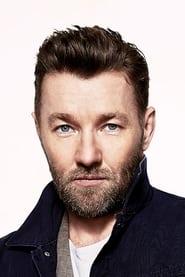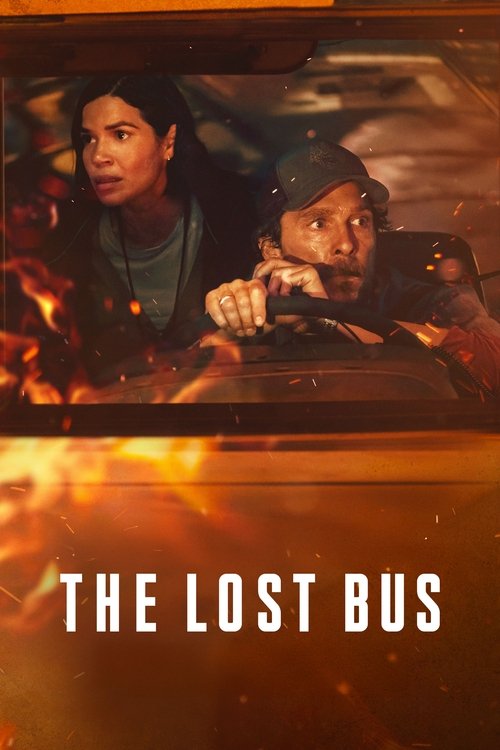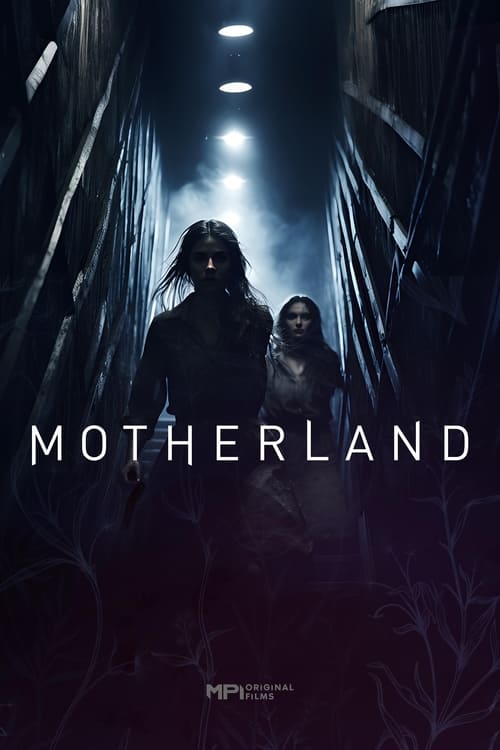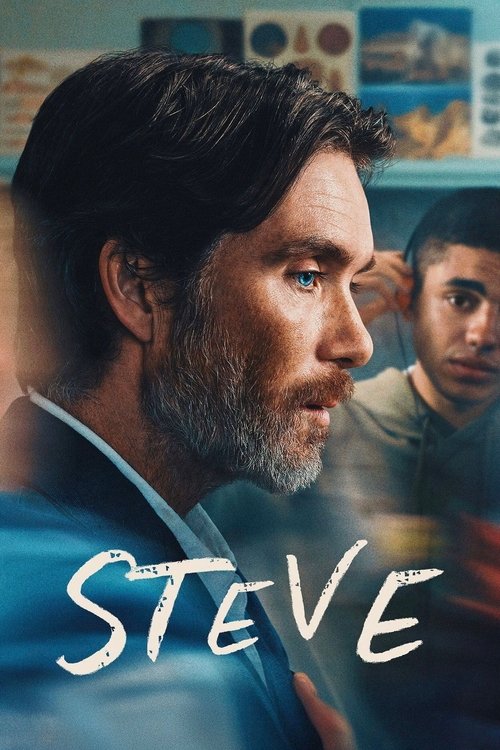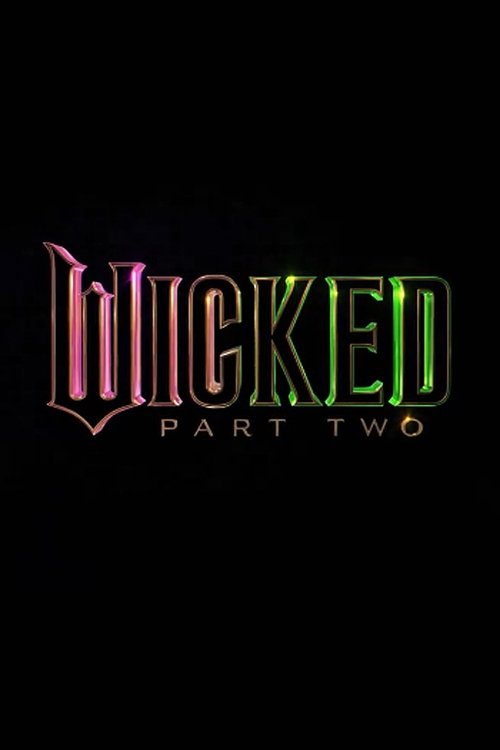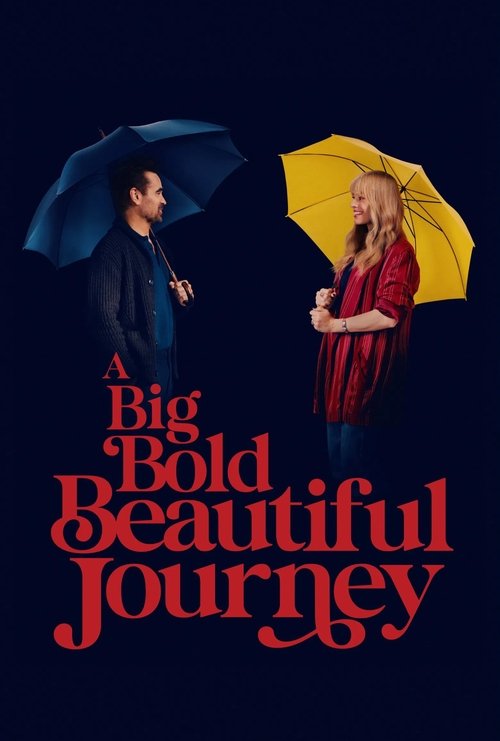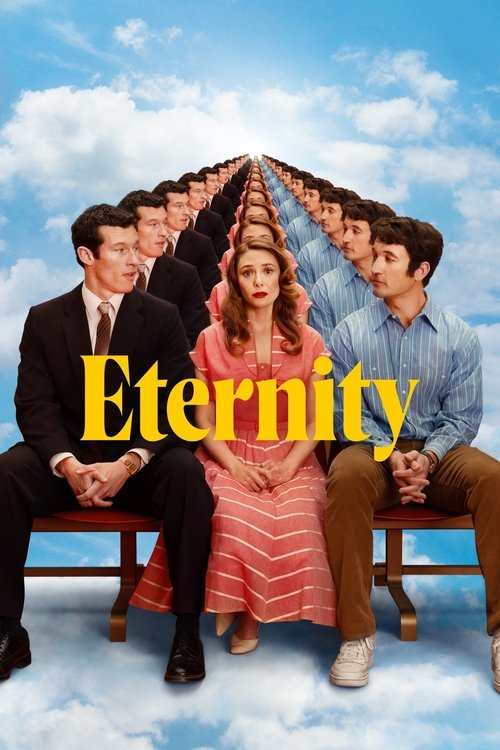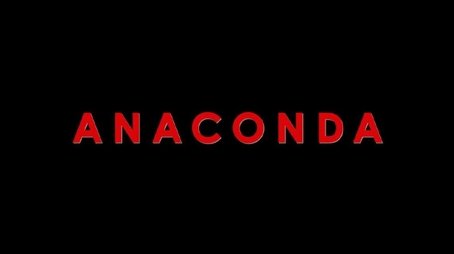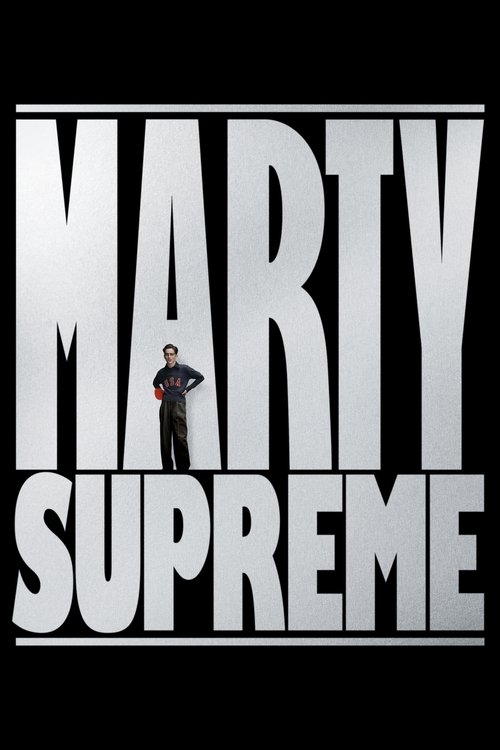
Ask Your Own Question
What is the plot?
Sorry, we aren't able to watch and write up a full detailed plot yet. Check back in a few days.
What is the ending?
The ending of The Plague (2025) shows Ben, the socially anxious 12-year-old protagonist, breaking free from the cruel tradition and toxic group dynamics at the water polo camp. After enduring the psychological torment and witnessing the ostracism of Eli, the boy labeled as having "the plague," Ben chooses empathy and authenticity over conformity, ultimately rejecting the camp's brutal social hierarchy.
Expanding on the ending scene by scene:
The final sequence begins with Ben standing apart from the other boys at the water polo camp, the oppressive atmosphere of the camp's cruel tradition still palpable around him. The other boys continue their ritualistic teasing and exclusion of Eli, who remains isolated and visibly affected by the bullying. Ben watches this unfold, his internal conflict reaching a climax.
As the scene progresses, Ben approaches Eli, who is struggling with a rash on his back--a physical manifestation of the "plague" the boys have invented to justify their cruelty. Ben offers to help Eli apply cream to the rash, an act of kindness that starkly contrasts with the cruelty of the other boys. This moment is witnessed by another camper, who immediately spreads the rumor that Ben himself has now "caught the plague," marking him as an outcast.
Instead of retreating or succumbing to fear, Ben embraces this new identity. The film shows him shedding the mask of social anxiety and conformity that had previously defined him. In a powerful visual moment, Ben dances alone, free from the expectations and judgments of the group, symbolizing his liberation from the toxic masculinity and groupthink that dominated the camp.
The other main characters' fates are as follows:
-
Ben: He rejects the camp's cruel tradition and embraces empathy and individuality, symbolized by his solitary dance. His fate is one of personal liberation but social isolation.
-
Eli: Continues to be ostracized but gains a quiet ally in Ben. His condition and social status remain precarious, but Ben's support hints at a possible future of greater acceptance.
-
Daddy Wags (Joel Edgerton): As the adult figure overseeing the camp, his role remains authoritative but ambiguous in the ending, with no direct intervention to stop the bullying, highlighting the systemic nature of the cruelty.
-
Other boys (Jake, Logan, Tic Tac, etc.): They persist in their groupthink and bullying, but Ben's rejection of their norms challenges their dominance.
The ending underscores the film's themes of vulnerability, the cruelty embedded in adolescent social hierarchies, and the courage it takes to break free from toxic group dynamics. It closes on a note of both hope and realism, showing that while social acceptance may be lost, personal authenticity and empathy can be gained.
Is there a post-credit scene?
Based on the available search results, there is no evidence of a movie titled The Plague produced in 2025. The search results do not reference such a film, nor do they describe any post-credit scene for it. The only relevant result is an IMDb company credits page for a title called The Plague (2025), which does not provide any plot details or information about post-credit scenes.
Therefore, I cannot provide a description of a post-credit scene for The Plague (2025), as there is no verifiable information about the film's content, plot, or credits in the provided sources. If you have additional details or a different source, please provide them for a more accurate response.
What is the significance of the 'plague' in the story of The Plague (2025)?
In The Plague (2025), the 'plague' is a metaphorical disease representing social ostracization and the fear of being different or uncool. It manifests as a physical rash and pimples on the protagonist Ben, symbolizing the horror of physical and emotional exposure during adolescence. The 'plague' is not a real disease but an external sign of otherness that isolates the victim, as seen with the character Eli, who is bullied and shunned by others at the water polo camp.
How does the character Ben's relationship with the other boys evolve throughout the film?
Ben, a socially anxious 12-year-old, initially befriends a group of popular boys led by the cruel Jake. As the story progresses, Ben becomes caught in a cycle of turning on his friends and being turned on by them, especially as he begins to show symptoms of the 'plague.' His struggle reflects the tension between wanting to fit in and the fear of becoming an outcast himself. This dynamic highlights the cruelty and complexity of adolescent social hierarchies at the camp.
What role does the character Eli play in the story?
Eli is the camp loner who is the primary target of bullying because he is believed to have 'the plague.' He has a skin condition and is socially awkward, wearing a long-sleeved swim shirt and preferring solitary activities. Eli's unabashed self-acceptance both intrigues and repulses Ben. Eli's character embodies the theme of otherness and the impact of bullying, serving as a catalyst for Ben's internal conflict and the film's exploration of adolescent cruelty.
How does the film use its setting at an all-boys water polo camp to enhance the story?
The all-boys water polo camp setting immerses viewers in a closed, competitive, and hierarchical adolescent environment where social dynamics are intensified. The camp's physical elements, such as imposing underwater shots of young legs kicking to stay afloat, symbolize the struggle to survive socially and emotionally. This setting amplifies the themes of bullying, exclusion, and the fear of exposure, making the 'plague' metaphor more vivid and the characters' interactions more intense.
What is the tone and style of the film's direction and performances?
Director Charlie Polinger employs a stylish approach that blends horror film elements with a coming-of-age drama. The score by Johan Lenox adds to the unsettling atmosphere. The young cast delivers strong performances, with Everett Blunck as Ben portraying the internal conflict of a boy caught between right and survival, and Kayo Martin as Jake showing the complexity behind a bully's cruelty. The film balances familiar adolescent themes with a fresh, intense visual and emotional style.
Is this family friendly?
The 2025 movie The Plague is not family-friendly and is generally unsuitable for children or sensitive viewers due to its mature and intense content. It is a psychological thriller/drama centered on bullying and social anxiety at a boys' water polo camp, with a dark, unsettling atmosphere.
Potentially objectionable or upsetting aspects include:
- Bullying and social cruelty: The film depicts relentless and psychologically damaging bullying among pre-teens, which can be emotionally distressing.
- Psychological turmoil and anxiety: The main character experiences spiraling anxiety and emotional distress, portrayed with intense psychological realism.
- Moderate violence and gore: There are scenes with moderate violence and disturbing imagery, including a skin condition that causes fear and revulsion among the characters.
- Severe profanity and mature language: The film contains strong language that may be inappropriate for younger audiences.
- Mild sexual content: There are graphic discussions of underage sex, though no explicit scenes.
- Moderate alcohol and drug use: Some references or depictions of substance use occur.
- Frightening and intense scenes: The film has a simmering, unnerving atmosphere with horror-like elements and disturbing moments.
Overall, The Plague is a psychologically intense, coming-of-age drama with horror undertones that explores themes of exclusion, fear, and cruelty. It is best suited for mature audiences and is not recommended for children or those sensitive to bullying, psychological distress, or disturbing imagery.



